Individual vital rates, such as mortality and birth rates, are important determinants of life-histories and population trends. Models used to analyse population dynamics typically assume that individuals belonging to the same age or stage class have identical vital rates. However, accumulating empirical evidence shows that this assumption rarely holds in natural populations.
Individual heterogeneity in vital rates can have substantial ecological and evolutionary consequences for populations. For example, it can change predictions of population growth rates, rates of evolution by natural selection, and population persistence, compared to what would be expected in a population of identical individuals. Unfortunately, the existing literature in the field is often hampered by inconsistencies and ambiguities in terminology and definitions. These fundamental differences between frameworks introduce a risk of misunderstandings and unreliable conclusions that often leave studies inaccessible to researchers inside and outside of the field.
In a recently published paper, Queen’s Biology former MSc student Amy Forsythe, Professor Dr. Troy Day (Dpt. Mathematics and Statistics), and Associate Professor Dr. Bill Nelson synthesize current literature on individual heterogeneity in vital rates and provide a straightforward, conceptual framework for future empirical and theoretical studies.
Forsythe et al. establish terminology to clarify the meaning of individual heterogeneity and individual stochasticity. Their framework is based on a novel distinction between potential vital rates (the distribution that defines the set of possible vital rates for an individual at a given time) vs. realized vital rates (the vital rate that is actually expressed by an individual). The use of their framework is illustrated in a population projection matrix model, which translates their definitions into precise quantitative terms. They show how their framework and terminology can be applied to common classes of statistical models (such as generalised linear mixed models and capture–mark–recapture analyses) and they draw connections to traditional quantitative genetics models. Overall, their study will aid in understanding how individual heterogeneity in vital rates can impact our broader knowledge of population dynamics.
To learn more, read their article in Ecology Letters.
